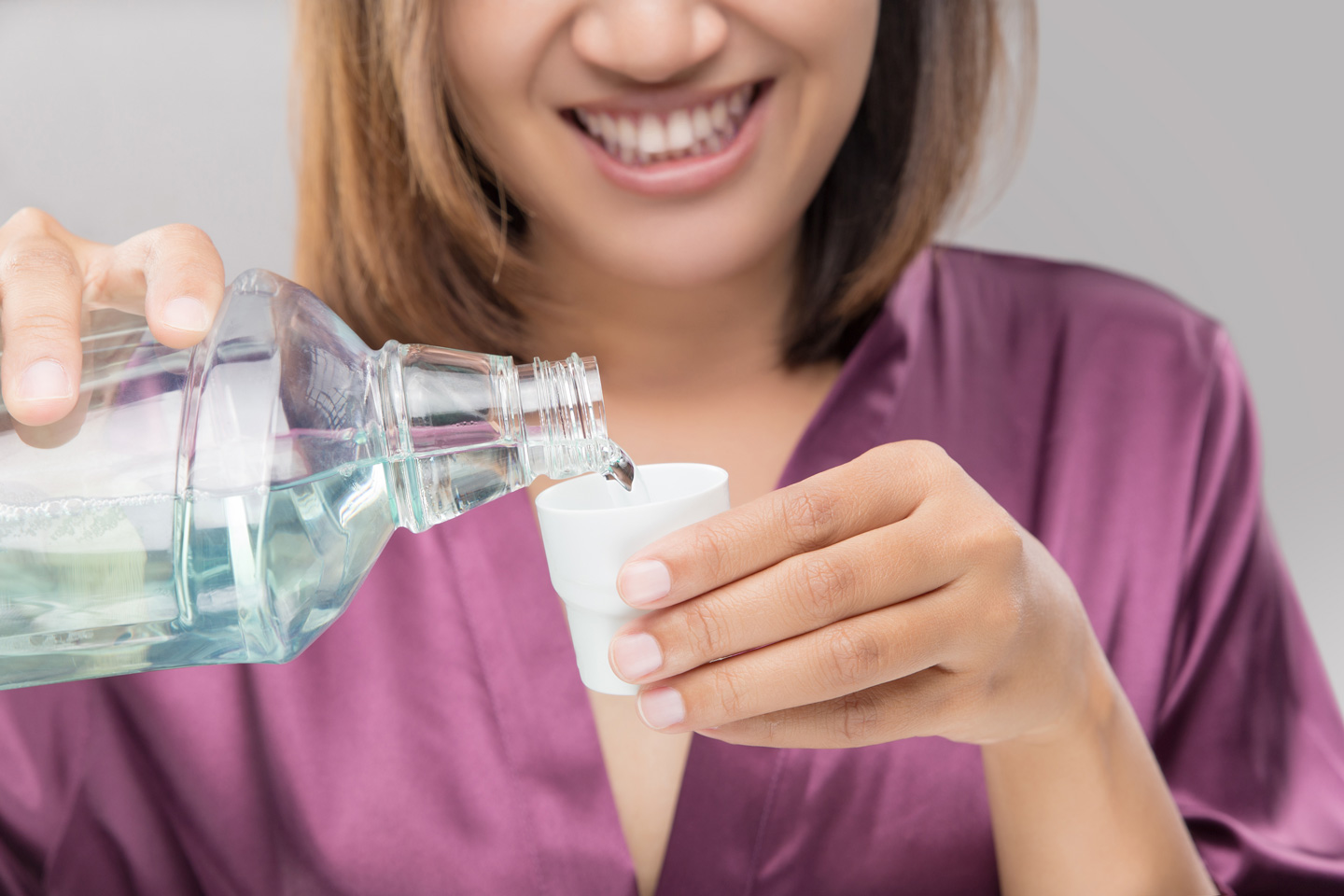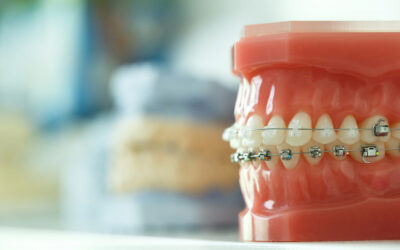Can I Use Mouthwash After Tooth Extraction?

Taking care of your oral health is paramount, especially after a tooth extraction. The recovery period demands extra attention to ensure a smooth healing process. One common question that arises during this time is whether using mouthwash is a safe practice. Let’s delve into the details and understand the dos and don’ts of incorporating mouthwash into your post-tooth extraction oral care routine.
Understanding the Healing Process
Before we explore the role of mouthwash, it’s essential to understand the natural healing process after a tooth extraction. The initial stage involves the formation of a blood clot, which protects the extraction site and promotes tissue regeneration. Disrupting this clot can lead to complications, including a painful condition known as dry socket.
The Timing Matters
The first 24 to 48 hours after a tooth extraction are critical. During this period, it’s generally advisable to avoid any vigorous rinsing, spitting, or sucking through a straw, as these actions can dislodge the blood clot and impede the healing process. However, once this initial phase has passed, incorporating mouthwash into your oral care routine may be considered.
Choosing the Right Mouthwash
Not all mouthwashes are created equal, and selecting the right one is crucial for post-tooth extraction care. Opt for an alcohol-free, gentle, and non-irritating mouthwash. Look for products that contain antimicrobial agents like chlorhexidine or cetylpyridinium chloride, as these can help prevent infection and promote a clean oral environment.
How to Safely Use Mouthwash After Tooth Extraction
1. Wait for the Right Time: As a general rule of thumb, wait at least 48 hours after a tooth extraction before introducing mouthwash into your routine. Always follow your dentist’s recommendations, as individual cases may vary.
2. Dilute if Necessary: If you find that regular strength mouthwash is too intense, consider diluting it with water. This can help reduce the concentration of active ingredients while still providing a refreshing rinse.
3. Gentle Rinsing Technique: When using mouthwash, adopt a gentle rinsing technique. Avoid swishing aggressively or creating strong suction within your mouth, as these actions can disturb the healing process.
4. Stick to Prescribed Medications: If your dentist has prescribed a specific oral rinse or medication, follow their instructions diligently. These prescribed solutions are tailored to your specific needs and play a crucial role in your recovery.
Words of Caution
While incorporating mouthwash into your post-tooth extraction care routine can be a valuable addition to your oral care routine, it’s essential to exercise caution and consult with your dentist before doing so. If you experience persistent pain, swelling, or any unusual symptoms, seek professional advice promptly.
Conclusion
In summary, the judicious use of mouthwash after a tooth extraction can be a valuable addition to your oral care routine, promoting cleanliness and preventing infection. However, timing and product selection are key. Always prioritize your dentist’s recommendations, and if in doubt, seek professional guidance. Your oral health is a priority, and a well-informed approach to post-tooth extraction care ensures a speedy and complication-free recovery.



